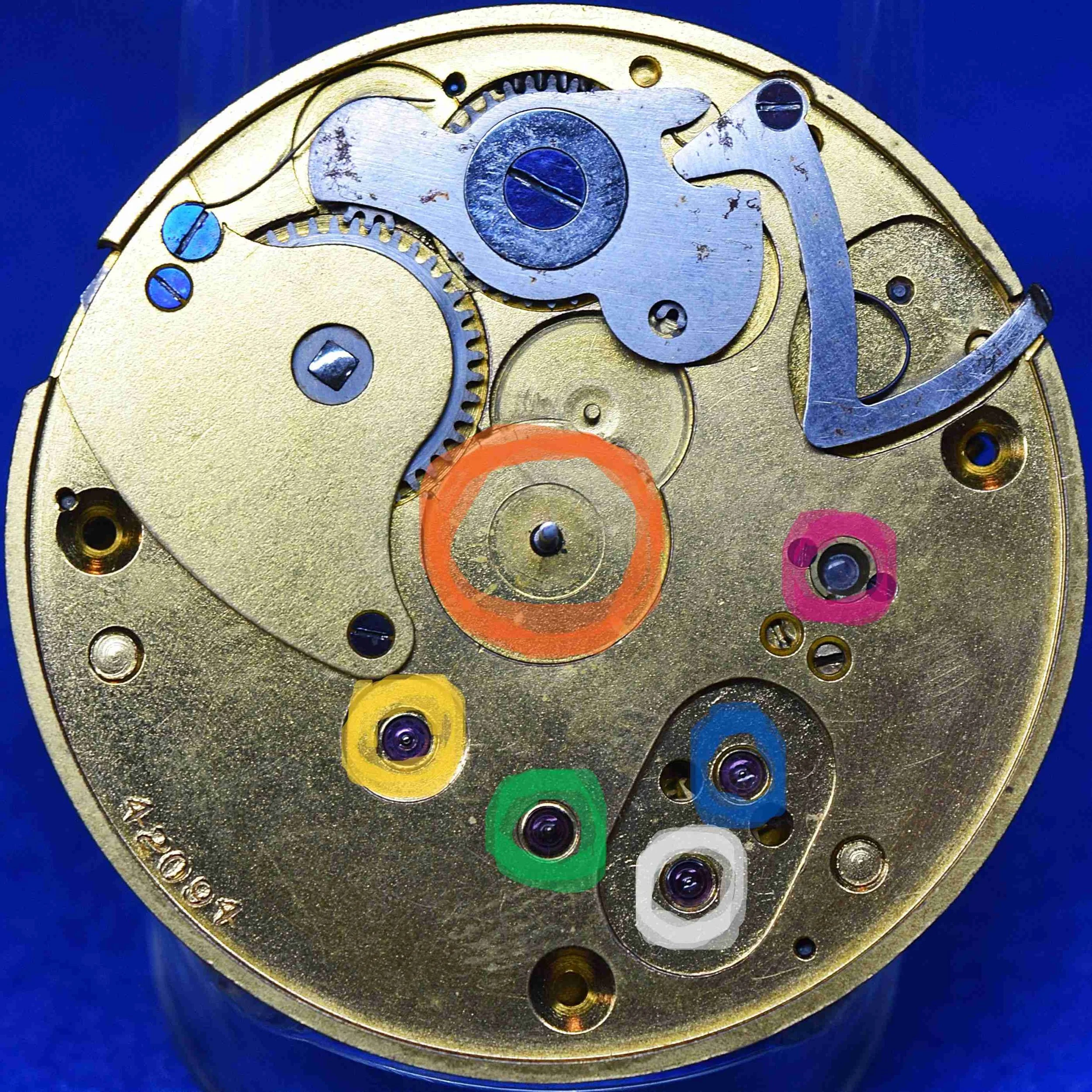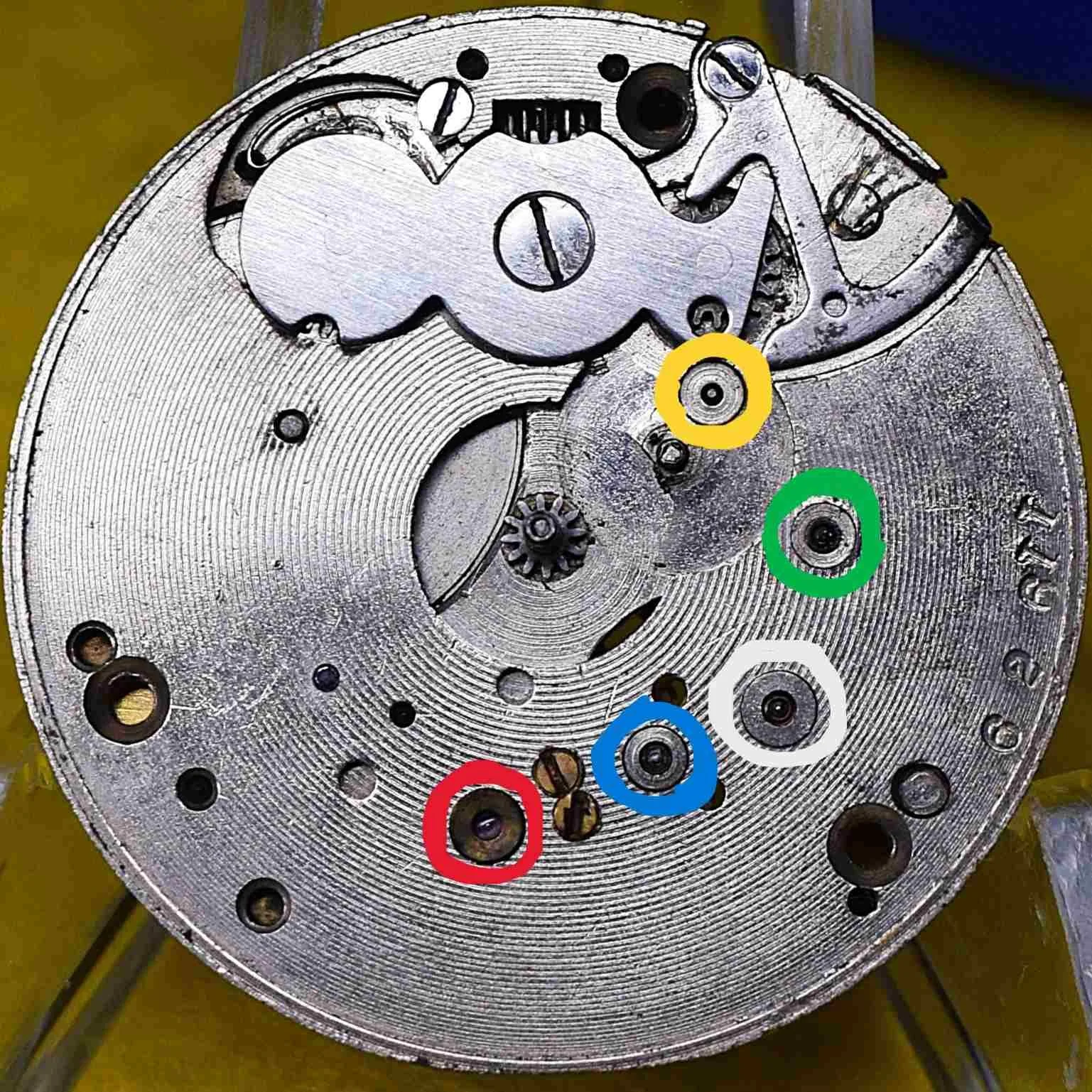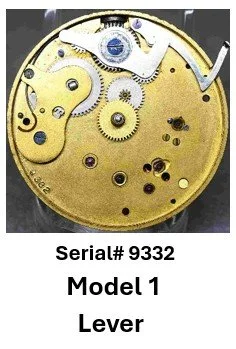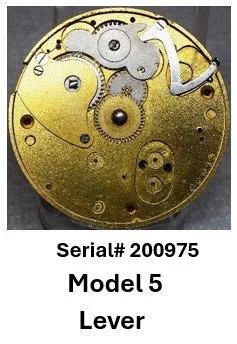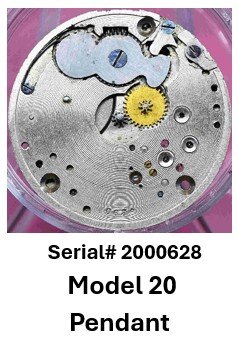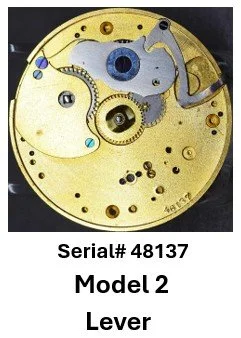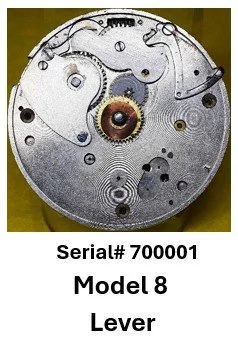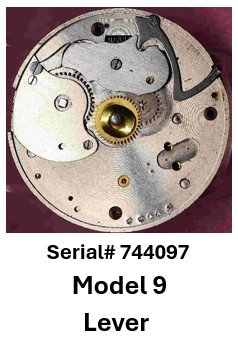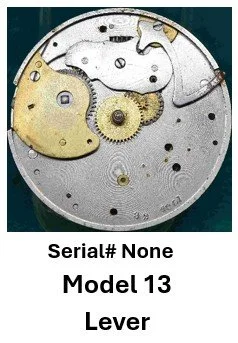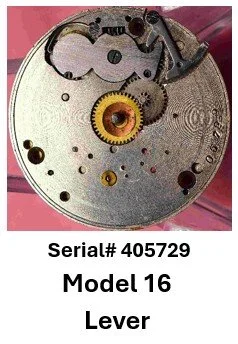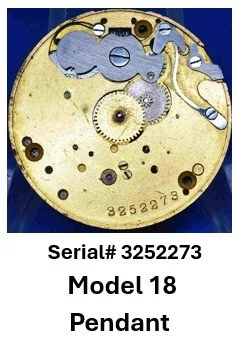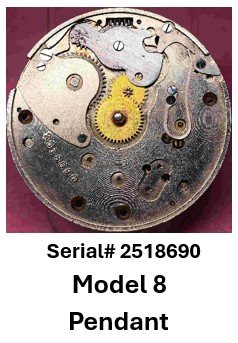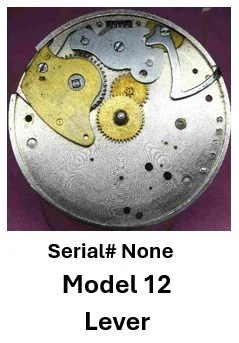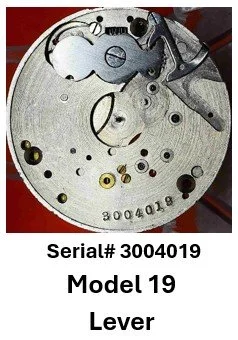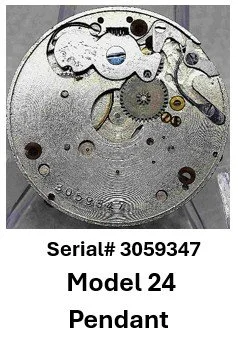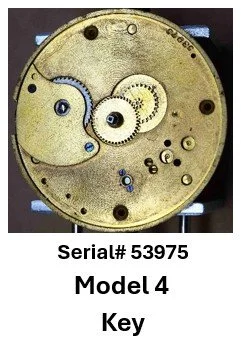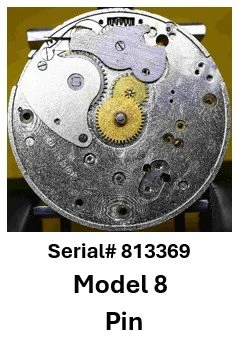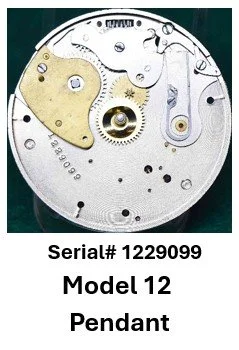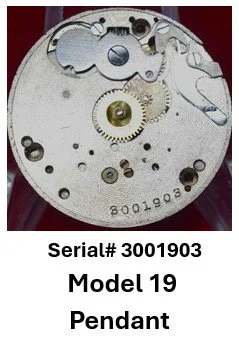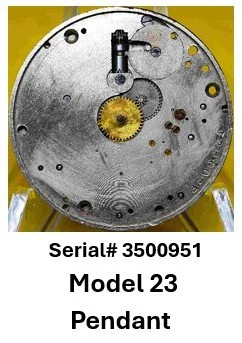Seth Thomas Pillar Plates
The pillar plate is the plate located beneath the dial of a pocket watch. The “keys” for removing the dial are the dial-feet screws sunk into the outer edge of the pillar plate. Some Seth Thomas dials use two dial feet, others use three, so the pillar plate will have either two or three corresponding screws spaced around its perimeter. Their locations vary slightly because the placement of mechanical components always takes priority over dial-foot symmetry.
When the hands and dial are removed, the pillar plate exposes a set of mechanical landmarks that every Seth Thomas collector should learn to recognize. All movements shown on this page are oriented with the winding pinion at the 12:00 position (open-face orientation). Hunting-case movements normally function with the winding pinion at 3:00, but for comparison purposes they are shown in the same orientation as open-face models so that the shared pillar-plate landmarks are easier to recognize.
Central Components
At the center of the pillar plate is the hour wheel, typically covered by a copper dial washer. Removing these reveals the cannon pinion, which in turn lifts off to expose the center-wheel pivot on which it sits.
Upper (“Northern”) Landmarks
The minute wheel intersects the upper right side of the hour wheel in most models, except Model 14, where it intersects the lower left.
The minute wheel also engages the intermediate setting wheel located under the yoke, the bridge-like cover that houses the winding pinion and setting wheels. The yoke spans most of the upper-center portion of the pillar plate.
To the right of the yoke you will find either:
a setting arm/lever (lever-set models), or
a yoke spring (pendant-set models).
To the left of the yoke is the ratchet bridge.
Lower (“Southern”) Landmarks
The lower half of the pillar plate contains multiple bearing and jewel penetrations corresponding to the jewels found in elaborate settings on the top plate. These include the lower jewels or bearings for:
pallet fork
escape wheel
fourth wheel (seconds)
third wheel
center wheel
In most models, the pillar plate also carries the lower balance staff cap jewel and hole jewel.
Model 5 is the exception: the balance-staff jewels are mounted in a potance suspended from the underside of the top plate, leaving no visible jewels on the pillar plate in 7- or 11-jewel versions.
Because Seth Thomas jewel placement varies widely, you cannot reliably determine jewel count from top-plate settings alone; learning to recognize pillar-plate jewel locations is an important skill for collectors.
Illustrations and Jewel Key
In the diagrams below:
Balance staff jewels (cap + hole) = red
Pallet fork hole jewel = blue
Escape wheel jewels = white
Fourth wheel (seconds) jewels = green
Third wheel jewels = yellow
Center wheel = orange
18-size hunting models: third-wheel pivot is only visible when the lever is in the winding position (it is hidden by the yoke in the setting position). See top left photograph below.
6-size models: the third-wheel pivot lies beneath the minute wheel and is only visible once that wheel is removed. See bottom two photographs below.


